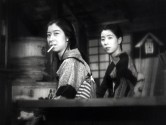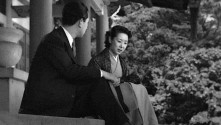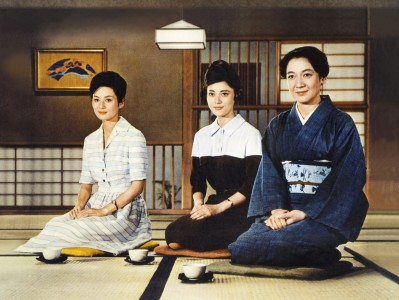
Among Ozu’s most beloved films, Late Spring is considered the first of the so-called Noriko Trilogy (continued in Early Summer and Tokyo Story) starring Hara Setsuko in the eponymous role as a paradigm of filial piety faced with a serious challenge to her dutifully assumed role. In Late Spring it is the pressure to marry placed by an aunt (Sugimura Haruko, once again perfecting the role of the perennial busybody) that pushes into crisis Noriko’s relationship with her widowed father, played by Ozu stalwart Ryu Chishu. Two of the most iconic scenes in all of Ozu’s cinema are found here: a beachside bicycle trip taken by a radiant Hara and a would-be suitor, and a much discussed, debated scene between father and daughter in which a vase plays a mysteriously charged role. Late Spring is often cited as Ozu’s first major postwar film and the first full articulation of his mature style. – HG
Part of film series
Screenings from this program
Late Spring

Tokyo Story

Early Summer

Passing Fancy

Dragnet Girl

Tokyo Story

A Story of Floating Weeds

Days of Youth

The Flavor of Green Tea over Rice

Early Spring

The Munekata Sisters

Floating Weeds

Good Morning

Late Autumn

Tokyo Twilight

The Brothers and Sisters of the Toda Family

I Flunked, But …

Late Autumn

Where Now Are the Dreams of Youth?

The End of Summer

Early Spring

Café Lumière

Tokyo Story





















